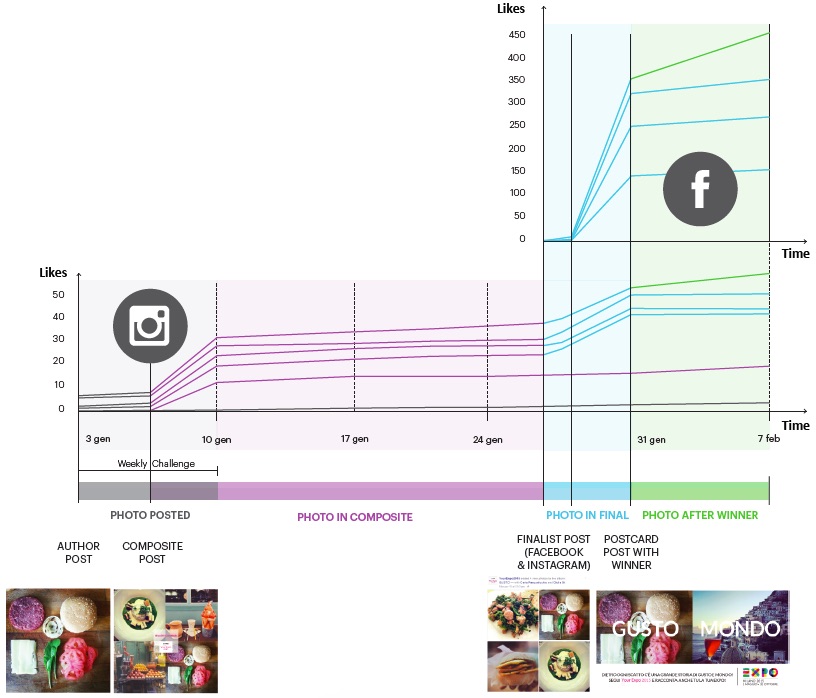Within a completely new line of research, we are exploring the power of modeling for human behaviour analysis, especially within social networks and/or in occasion of large scale live events. Participation to challenges within social networks is a very effective instrument for promoting a brand or event and therefore it is regarded as an excellent marketing tool.
Our first reasearch has been published in November 2016 at WISE Conference, covering the analysis of user engagement within social network challenges.
In this paper, we take the challenge organizer’s perspective, and we study how to raise the
engagement of players in challenges where the players are stimulated to
create and evaluate content, thereby indirectly raising the awareness about the brand or event itself. Slides are available on slideshare:
We illustrate a comprehensive model of the actions and strategies that can be exploited for progressively boosting the social engagement during the challenge evolution. The model studies the organizer-driven management of interactions among players, and evaluates
the effectiveness of each action in light of several other factors (time, repetition, third party actions, interplay between different social networks, and so on).
We evaluate the model through a set of experiment upon a real case, the YourExpo2015 challenge. Overall, our experiments lasted 9 weeks and engaged around 800,000 users on two different social platforms; our quantitative analysis assesses the validity of the model.
The paper is published by Springer here.

To keep updated on my activities you can subscribe to the RSS feed of my blog or follow my twitter account (@MarcoBrambi).




